The Plasma Moon Theory: Gravity is a Bankrupt Concept and the Real Flat Earth May Be Mirrored in The Plasma Moon
I was looking at the full Moon last night where I live. I couldn't help but notice that the crater configurations looked like The Flat Earth map...almost as if The Moon was a mirror, reflecting the land masses of The Earth. The Moon appears to be some kind of luminous phenomena that projects light towards The Earth, perhaps energetically "charged " via transduction from The Sun. Can you land on it? Sure, if it's possible to land on energetic luminescence, which has never happened in any experiment or in any naturally observed event on Earth, as far as I know. We never went back because we never went there in the first place.
In essence, The Moon appears to be a cosmic plasma phenomenon. The Moon is not solid land, but rather, it is self-illuminating, focused electromagnetic energy with its own phases, which take place in a semi-Aethereal toroidal field.
In 1965, R. Foster’s tried to turn conventional science on its head. Among R. Foster’s theories was that The Moon was, in fact, made of plasma, not rock, and that landing on it would not be possible.
Mr. Foster claimed that once his ‘profound and decisive’ investigations were proven, a complete re-investigation of the laws of nature would be necessary. Researchers did verify his name is Roy Foster, and he was a Professor of Earth Science and Chemistry at The University of Dundee Scotland. He is the only R. Foster from Mitchell and Longman 1983 directory "Materials Research Centres: A World Directory of Organizations and Programmes in Materials Science" as the head of the Chemistry Department at Dundee, alongside Professor J. S. Brimacombe. They were researching absorption spectra in the ultraviolet wave mechanical studies mechanism of oxidation of gaseous fuels etc…
The Plasma Moon Theory states that The Moon is a plasma phenomenon and when it is full, it reflects the real map of Flat Earth, which includes all the continents. Also, we see day and night across all the continents. And, there is no Antarctica representation on The Moon because Antarctica is a ring, not a continent. There are 5 continents out there with different climates. The names of the unknown continents are from the old map Atlas 1587-Urbano Monte-Tavola (map before the reset).
Plasma is one of four fundamental states of matter, characterized by the presence of a significant portion of charged particles in any combination of ions or electrons. It is the most abundant form of ordinary matter in The Cosmos, being mostly associated with stars, including the Sun. Extending to the rarefied intracluster medium, plasma can be artificially generated by heating a neutral gas or subjecting it to a strong electromagnetic field.
1965 Scientist Claims The Moon Is Plasma - UNCUT | RetroFocus:
Plasma Moon Map Exploration:
How the Moon is created on Electromagnetic Flat Earth with Dome:
What is the Moon of this World? Map of the Earth with no Curved Water?:
Plasma Moon Selinography – Videobook:
Impact Craters vs. Electrical Discharge Craters | Space News:
The Moon Is A Plasma - Tesla’s Theory of Gravity:
In this adaptation of the Mel Acheson TPOD "Gravity vs. Plasma," Mel explains why the essence of momentous paradigm shifts in science is simply a matter of different viewpoints. Just as the landscape looks different when viewed from different locations, the facts and theories of the sciences appear different when understood from different conceptual locations in the intellectual landscape. In this episode, Mel suggests: “The technologies of Gravity have lifted us to a viewpoint that’s bigger than Gravity, and we need new ideas and new tools to make sense of the new vistas.”:
Plasma vs Gravity | Space News:
World Atlas Plasma Moon World Map:
Moon Plasma Apocalypse:
Lunar Crater Electromagnetic Discharge and Lunar Dome Projection Theory:
Many have noticed that Lunar Craters and patterns have a protuberance in the middle of the so-called craters. Another explanation for this may be the result of Electromagnetic Discharge (EMD), which suggests that the Moon could be made of a kind of quasi-metallic silvery metal that would allow electrostatic conduction, and we would only see the projection of this metallic Lunar Dome from the Earth.
We see the same pattern effect in the Electrical Discharge Machining (EDM) of metal.
Electrical Discharge Machining (EDM):
Electrical Discharge Machining (EDM) process removes material by a series of electric sparks between two electrodes submerged in the dielectric fluid such as hydrocarbon oil. The non-contact erosion mechanism of EDM can machine electrically conductive materials regardless of their hardness. Micro-EDM produces micro features with high accuracy and precision. These unique advantages make EDM and microEDM suitable to manufacture complex shaped dies and critical parts required in automobile, aerospace, and medical industries. EDM is a complex and stochastic process and involves many mechanisms such as electrodynamics, electromagnetic, thermodynamic, and hydrodynamic.
Electrical Static Discharge Damage on The Interior of The Lunar Dome:
With The Moon, we witness is a homogeneously luminous image, but the consistency of its unchanging patterns requires a solid structure, implying the presence of a Firmament serving as a projection screen. The consistency and isotropic distribution of light that we see coming from The Moon as we view it on Earth requires some sort of holographic projection mechanism, and a Firmament would provide this even distribution of luminosity. And it may be the result of some sort of Electrical Magnetic Discharge on the interior of The Lunar Dome, resulting in a form of Electrostatic Damage.
And so, The Moon may have some sort of quasi-metalized silver metal Dome, where The Moon may be some sort of “hole”′ or a translucent window in the central parabolic projection of The Dome structure? Think of the Moon as holographic metalized projection in the center of a metalized parabolic dish. The Lunar Craters many be the result of Electromagnetic Discharge damage on the interior of The Lunar Dome, and are projected into the center of the dish as the Moon image that we see from earth.
Additionally, the eclipsing of the Moon could simple be the result in shifts in the angle of the Dome around The Moon as this Lunar Dome traverses parabolically along The Firmament of The Earth. This would explain the waxing and waning Moon.
The net result would be a complex hall of mirrors and angles that provide the changing faces of the Moon as the months transpire.
Electrical Discharge Machining (EDM) and Lunar Craters:
For decades, “experimentalists”, using electrical discharges, have reproduced many familiar geological features, including types of crater forms that have long proved puzzling to standard geology. These experiments may provide clues to past events that the scientific mainstream has never entertained: high-energy electrical discharges.
Volcanism usually has craters at the tops of mountains, unlike the Moon . The crater bottoms go below the level of the surrounding plains. The volcanic craters that look like those on the Moon are called calderas. But the calderas are only circular if the ground level has collapsed to a depression, or was the first major volcanic outburst, and that's rather rare. The basic rule of thumb is that the rim material of lunar craters will approximately fill the pit. This is not usually the case of volcanic calderas which have a different profile. However, it is the case with these other two methods. Now Venus is covered with 1600 volcanoes, mainly the shield-type of volcano which is similar to those in Hawaii, but they are more broad and flat. Radar surveys also show that Venus has built 1,000 craters, similar to the Moon and Mercury and Mars and these have a different character, so they are formed by different processes.
In addition the proliferation of craters on very small asteroids rules out volcanism as being the origin for those craters. You can't have a volcanic hot magma centered at such a small body; it doesn't work. So, there are features of both impact-based and electrically-based crater formation that correspond with what we see on objects in our solar system. Both methods of crater formation describe some but not all of the features that we observe. From the electrical and now experimental analysis it seems that we have a mix of both electrical and impact-based craters and experiments seem to allow us to determine whether or not a particular crater may have formed by impact, or by electrical discharge machining, EDM.
Craters can be formed by the impact of some solid body such as an asteroid or a meteorite. As that body hits the Lunar surface, its velocity can range up to 45 miles per second, which is pretty fast. This can’t be simulated in the lab experimentally, since real impact will smash any material from soft pumice to alloy steel. The material that we use in the lab should have no tensile strength. Now there is such a material, and it is dust, and for practical reasons, we use cement dust. It comes in uniform quality. And so, we have a layer of cement dust about six inches thick, in a large box or a pan. And the meteorite is then a spoonful of slightly compressed cement dust, dropped from a height of about four feet. The resulting craters have a striking resemblance to lunar craters generally.
In the case of an actual impact, as the impactor penetrates the surface, it pushes ahead of it an increasingly large plug of matter that becomes intensely hot and under high pressure. Eventually the pressures involved reach something like 200,000 atmospheres and this stops the plug of intensely hot material, and then a massive explosion occurs. It doesn't matter what direction the meteorite comes from, the focus of the explosion forms a circular crater around that. The pressures involved form what is called shocked quartz in the plug, which can’t be formed by volcanic processes. As the crater forms, the horizontal strata at the rim of the crater becomes upturned and folded back on itself by the explosion. So, the strata will actually fold back in a reverse order, like a mirror image.
These mirror-image strata sit beneath the debris layer near the rim and is an expected feature of many impact craters. The impact craters can exhibit rays made up of powdered material, thrown out from the explosion center. These rays are bilaterally symmetrical, mirror image that is, not radially symmetrical. And this is typical of explosion pits on Earth. The best example on the Moon (of the rays), is the ray system of the crater Tycho. Impact craters often have radial ridges of material excavated from the explosion as well, and in addition there will be central peaks formed, for craters within a specific size range..
Craters from impact will often have terraced walls, as the rim wall slumps along the tangential fault line set up by the explosion. This also set a radial fault line, going away from the crater center for the same reason. The craters, the terraces, the central peaks the rays and the radiating ridges can be reproduced in the lab experiment. So can multiple and overlapping craters, especially if the impacting body breaks up just before hitting, either in reality or in the lab. And in fact, if you use a Plaster-of-Paris meteorite instead of a cement dust meteorite, you can see what happens to the meteorite as it impacts, and you find the meteorite fragments become concentrated under the rim of the crater.
In contrast to the characteristic features of impacts, what are some of the tell-tale signs that a crater was most likely formed by the process called electrical discharge machining?
Craters formed by this process of electric discharge machining, or EDM, happen when there's a persistent electric current in the lightning-like discharge which excavates or machines out a circular pit. This is being investigated in detail by lab experiments at, for example the Vemasat Laboratories by C.J. Ransom and others. Although electric discharge machining (EDM) can produce craters that are bowl-shaped, many craters formed by EDM processes have vertical walls and almost flat floors. This is rather like a number of craters on Mercury and Mars. There may or may not be a rim of debris around the EDM crater pit, depending on local conditions, and because of behavior of electric currents, multiple or overlapping craters can often occur. The second is scalloping of the crater edges or the wall.
Where the current is high (and this is something important too that I noted), where the current is high, the ground in the region around the crater, or craters, is often discolored, and you can see this in some locations on Mars. One of the diagnostic features of EDM craters is that they can have a series of ejecta blankets on top of each other that looks like a series of fluid flows as you get one blanket on top of the other, you get loops and scarps and so on. This happens as one layer of dust and debris from the machining gets added on top of another over a relatively short time. However, it's impossible for this sort of blanket to be formed by more or less instantaneous explosions from an impact, as several different explosions would be needed in a series of events, to form the different blankets to a single crater. Instead of radial ridges, the electric currents involved can form a radial system of grooves around the crater.
These are a form of Lichtenberg figure, machined out by the electric arc. In addition, the dynamics of the process allows for central peaks and craters of any size (you can't do that for impact craters), as well as circular rings in place of the central peak. When you have circular rings in place of the central peak, these are called “peaked rings”, and they usually occur in craters with flat floors and vertical walls; and so, they probably have an EDM origin rather than impact. For example, the crater Meade on Venus consists of almost vertical walls, several concentric rings and flat floor is about 175 miles across. This strongly suggests an EDM origin. Some small crater chains can be formed by impact. But the extensive systems on the Moon and Mars rules out any impact origin. In addition, many craters in the chains are connected by flat-floored grooves.
The craters themselves usually have flat floors and some of the small craters even have central peaks, and such is impossible to form by impact. These characteristics also eliminate volcanism and only leave EDM as their origin. Indeed such machining can produce this form of crater chain rather easily and there are some excellent examples on Mars and on the Moon which parallel electrical experiments. So, these crater chains are actually evidence of EDM.
The Shocking Truth About the Milky Way in the Real Space Above Earth:
We have noted the ability of electrical discharges to produce flat-floored craters. Does this mean that all flat- floored craters on planets and Moon s are electrical in nature?
No, probably not.
For example, there are some flat-floored craters on the Moon which border the Great Plains, like Archimedes and Plato, around the Mare Imbrium. When their walls are examined, there's evidence of flying debris from the formation of Imbrium itself when the explosion happened, and it crashed through these walls. So, these craters were there before that great plain formed. The material that now covers that floor has the same texture, color, and spectral composition as the material making up the great Imbrium plain. So, it seems that this originally molten rock that formed the plain has penetrated these craters, filled up the depressions, giving them flat floors as a result.
So, we need to be discerning as we have a look at this surface issue.
In summary, we asked Barry Setterfield which features he feels are most reliably diagnostic for distinguishing impact craters from those unequivocally associated with electrical discharge machining.
Okay, if we start with impact craters, any or all of the following features would indicate impact has occurred. You got your overturned rim layers, with inverted strata on the rim; you got a ray system and/or radiating ridges; you have nickel-iron bodies embedded under the rim; you have shocked quartz and/or an associated Iridium or Osmiridium anomaly; and a concentration of Mass, a Mascon as it is sometimes called, associated with it. Now for EDM, any or all of the following characteristics will determine if the crater has an electric origin. You've got your vertical walls and horizontal room strata that are not a mirror image. You've got an ejecta blanket system of multiple layers; a central peak, if the crater is outside the accepted size range for impact; and then you have a peak ring system forming the appearance of concentric craters with flat floors and scalloping of crater walls. So, all of these criteria would form the basis for determining which craters are formed by either process, unless of course, new developments in both electric discharge machining or geology come to prove otherwise.


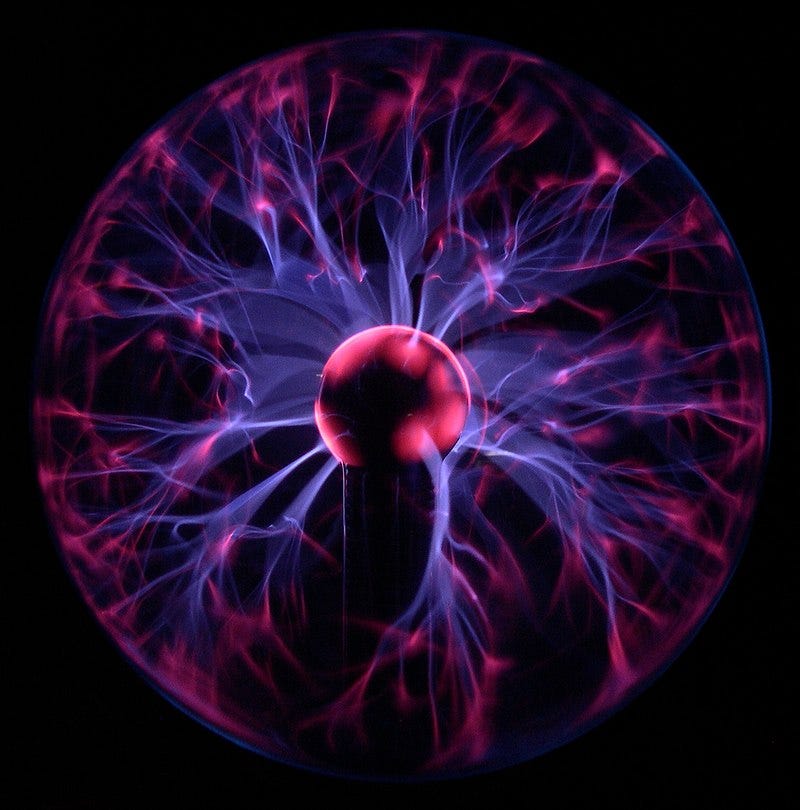
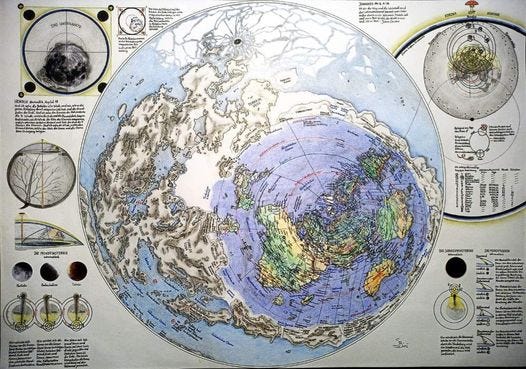
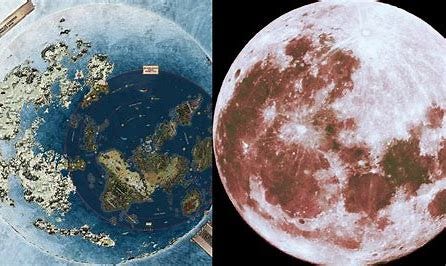
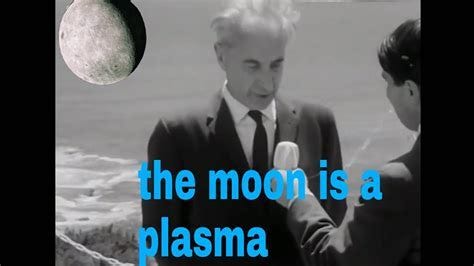
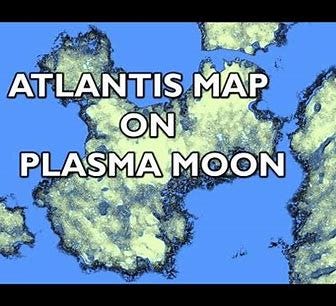
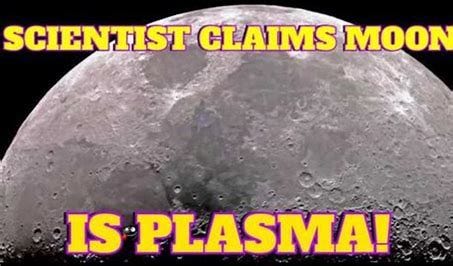
Love this! Vibes of Cosmos' 4th book is on the way (they currently have 4 available), as well as a large map (2m x 2m). I highly recommend their work. They have several videos on Odysee that are not on their youtube channel as well, and a telegram group page.
На немецкой лунной карте указаны антарктические станции «Новолазаревская» и «Восток» на очень большом расстоянии друг от друга. В реальности они гораздо ближе. Объясните это, пожалуйста.